Lipid Metabolism
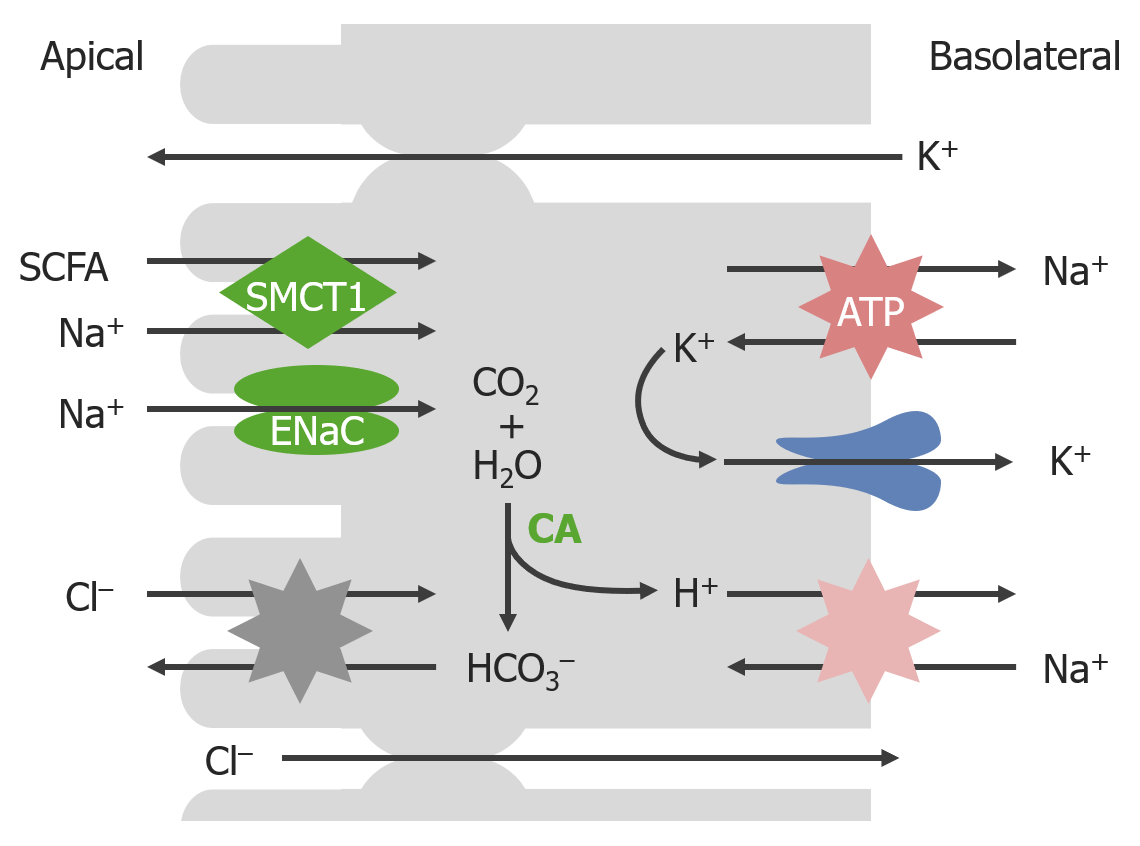
Introduction Review of lipid structure Digestion of Lipids Lipids are broken down and packaged into micelles (spherical aggregates, inside lipophilic and outside hydrophilic), and are readily absorbed by the membranes of enterocytes. Enzymatic digestion Table: Lipids and their enzymes Lipid Enzyme Products Triacylglycerols Lipases Monoglyceride and 2 FAs Cholesterol esters Cholesterol ester hydrolase Cholesterol and […]
Fabry Disease
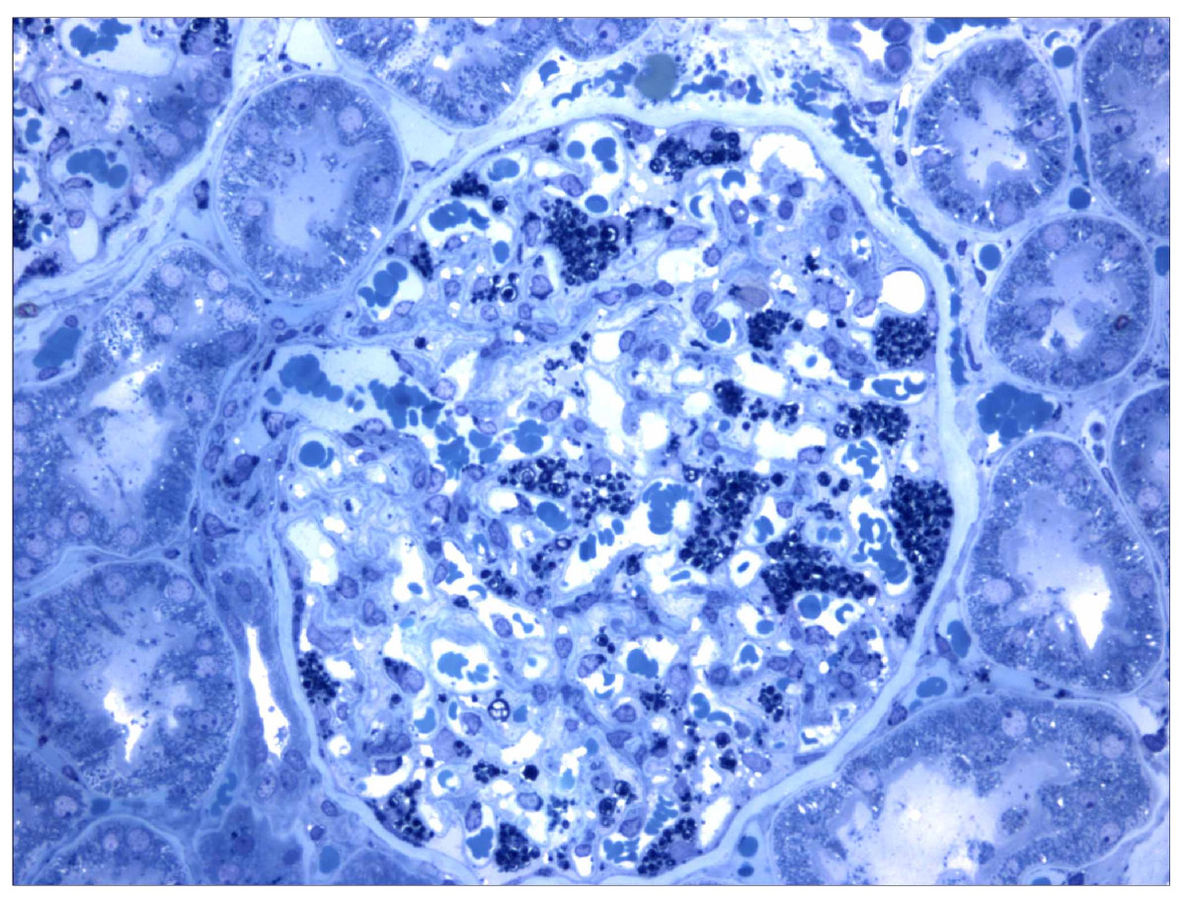
Overview Etiology Classification Epidemiology Pathophysiology Clinical Presentation Time course Signs and symptoms The clinical presentation and severity vary, and men have more severe symptoms than women do. Musculocutaneous: GI: Ocular: Renal: Neurologic: Cardiac: Auricular: Other: Diagnosis and Management Diagnosis Clinical suspicion in children or adolescents will lead to testing and diagnosis. However, a late diagnosis […]
Meiosis
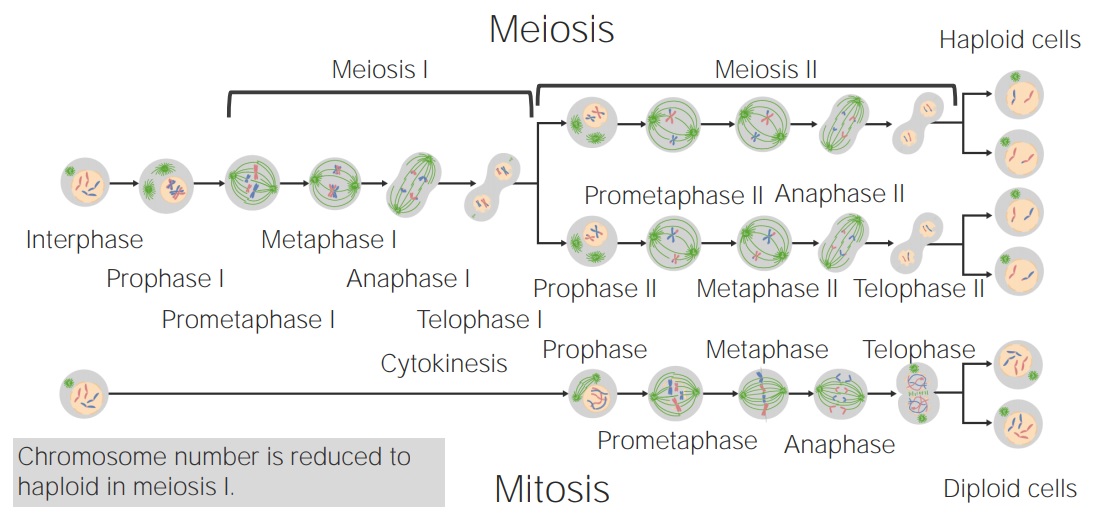
Overview of Meiosis Meiosis I Following DNA replication, meiosis I creates 2 daughter cells containing half the genetic information of the mother cell (1n) but the same number of chromosomes (2c) by segregating sister chromatids into the same daughter cell. Meiosis II Meiosis II is a cellular division event wherein the number of chromosomes in […]
Krabbe Disease
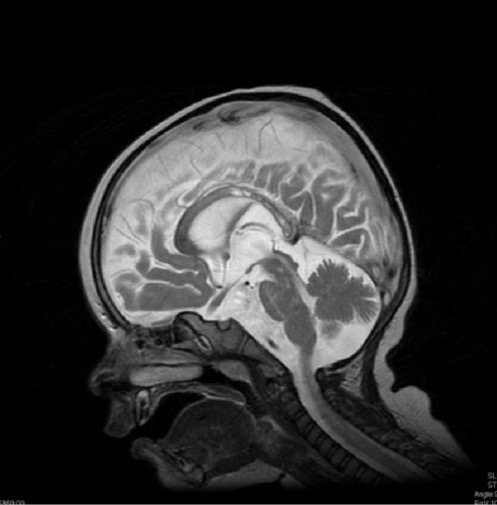
Overview Epidemiology Etiology Pathophysiology Clinical Presentation Time course Signs and symptoms The classic, infantile form progresses through the following stages: Diagnosis and Management Diagnosis Management Differential Diagnosis References
Disorders of Amino Acid Metabolism
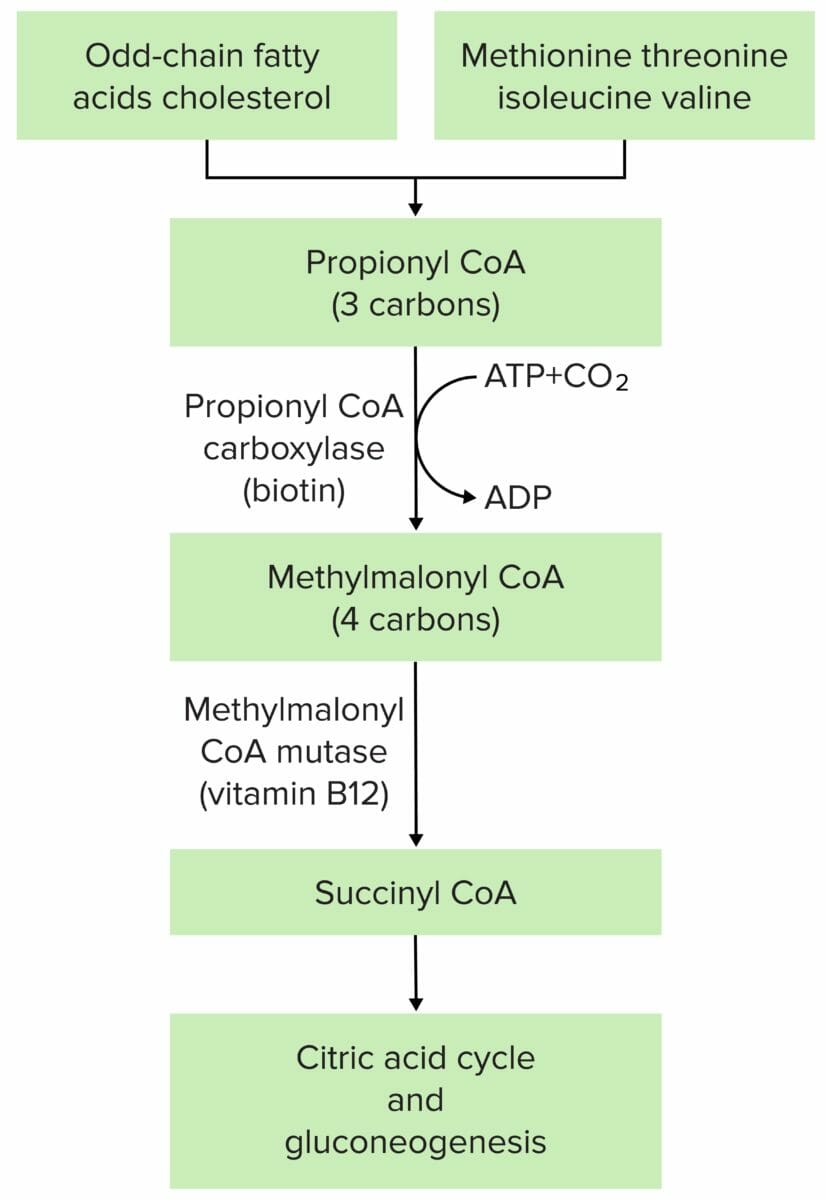
Phenylketonuria Overview Phenylketonuria (PKU) is an inherited disease that causes an increase in phenylalanine levels in the body due to the inability to metabolize this amino acid. Pathophysiology Classification Symptoms Diagnosis Management This condition cannot be cured and must be managed with dietary modification and medication/supplementation. Cystinuria Overview Cystinuria is a genetic cause of kidney […]
Gaucher Disease

Overview Etiology Gaucher disease (GD) results from a deficiency in the lysosomal hydrolase beta-glucosidase (glucocerebrosidase). Classification GD is classified into 3 types: Epidemiology Pathophysiology A deficiency in glucocerebrosidase results in the accumulation of glucocerebroside in reticuloendothelial system cells, which results in: Clinical Presentation GD is a multisystemic lipidosis with a variable clinical presentation. Type 1 […]
Ketone Body Metabolism
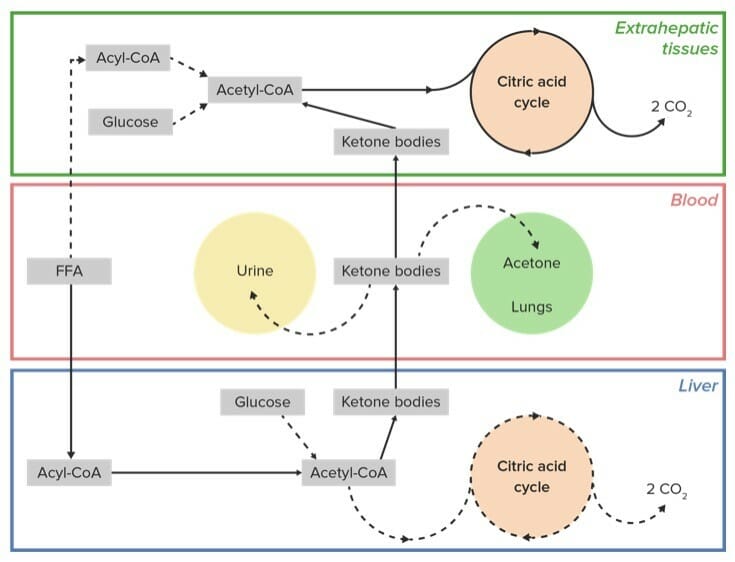
Ketone Bodies and Their Function Ketogenesis Ketogenesis is the process of generating ketone bodies, which occurs in the mitochondria of hepatocytes. Regulation Synthesis Transport and Utilization Clinical Relevance References
Synthesis of Nonessential Amino Acids

Overview Amino acids are building blocks for proteins and metabolic intermediates for reactions. Amino acids are classified as essential or nonessential. Essential amino acids must be incorporated into the diet because the body cannot produce them at sufficient levels to meet physiologic demands; nonessential amino acids can be produced by the body. Biosynthetic families Table: […]
Digestion and Absorption of Carbohydrates
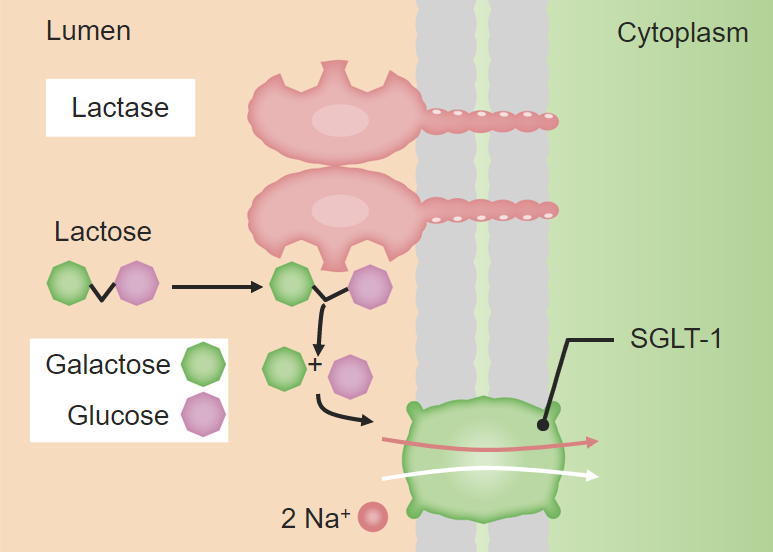
Review of Carbohydrate Structure Classification Table: Classifying carbohydrates based on size Name Definition Examples in humans Monosaccharides Molecules consisting of a single sugar group Glucose Galactose Fructose Disaccharides A combination of 2 monosaccharides Maltose (glucose + glucose) Lactose (glucose + galactose) Sucrose (glucose + fructose) Oligosaccharides A combination of 3‒10 monosaccharides Usually attached to: Proteins […]
Alpha-1 Antitrypsin (AAT) Deficiency
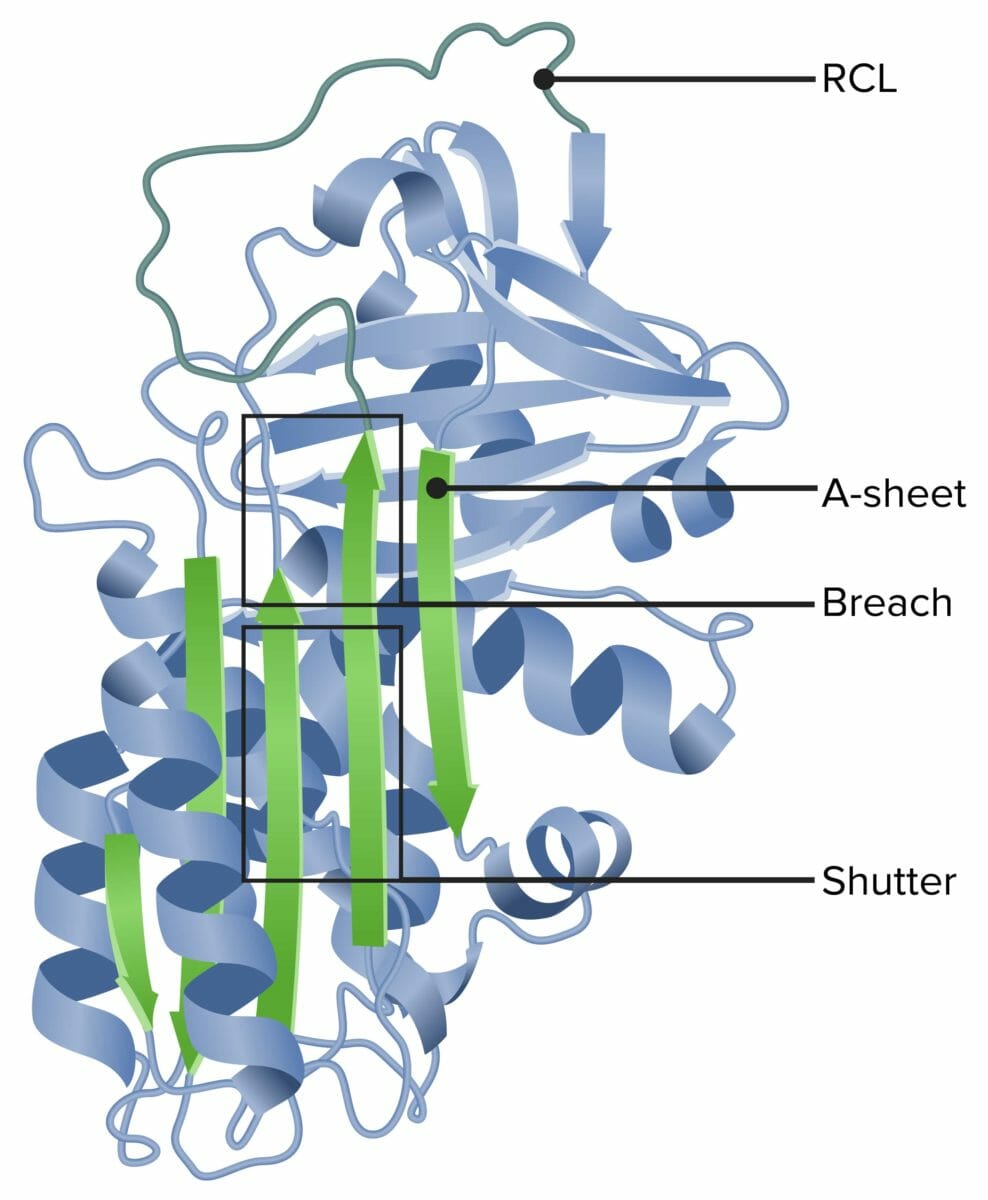
Overview Biochemistry Protective functions Epidemiology Etiology Pathophysiology Liver disease: Lung disease: Clinical Presentation Liver Lungs Other inflammatory disease manifestations Diagnosis Management, Prognosis, and Complications Management Prognosis and complications Differential Diagnosis References